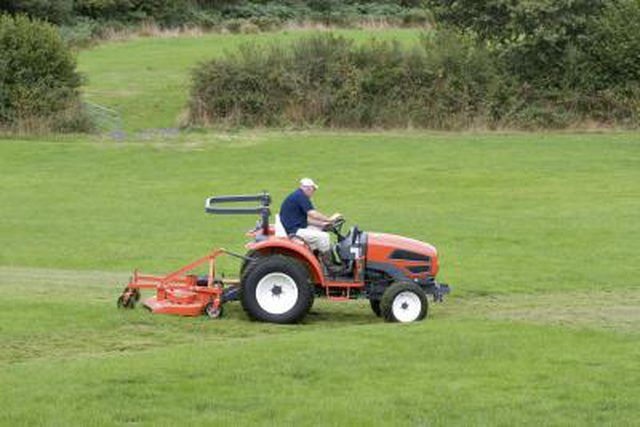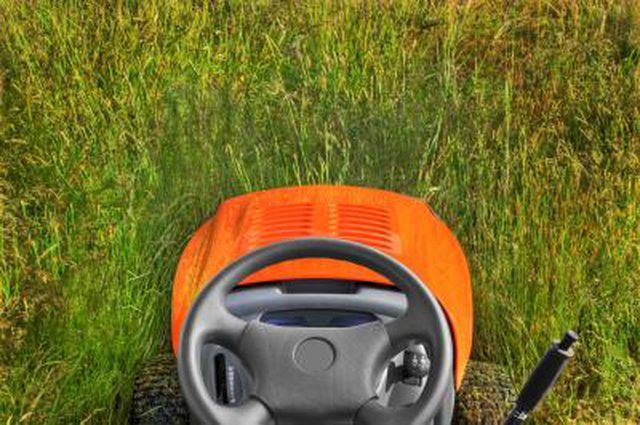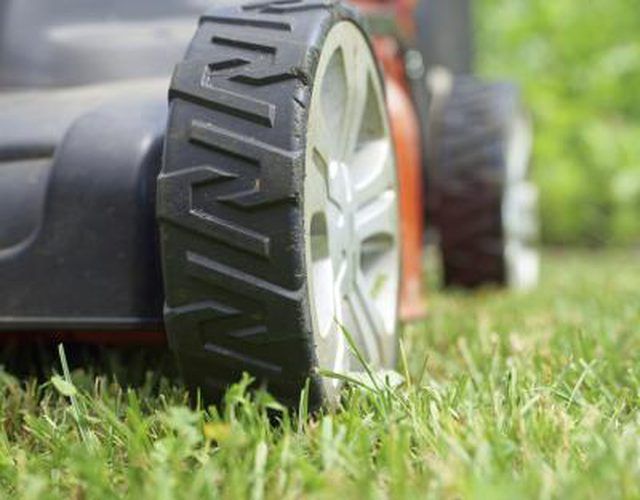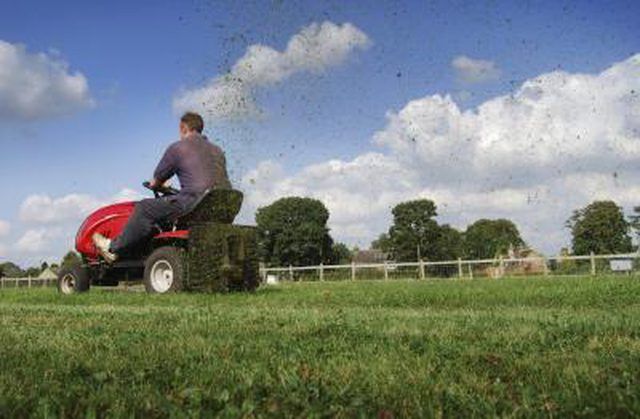Bulbs
Flower Basics
Flower Beds & Specialty Gardens
Flower Garden
Garden Furniture
Garden Gnomes
Garden Seeds
Garden Sheds
Garden Statues
Garden Tools & Supplies
Gardening Basics
Green & Organic
Groundcovers & Vines
Growing Annuals
Growing Basil
Growing Beans
Growing Berries
Growing Blueberries
Growing Cactus
Growing Corn
Growing Cotton
Growing Edibles
Growing Flowers
Growing Garlic
Growing Grapes
Growing Grass
Growing Herbs
Growing Jasmine
Growing Mint
Growing Mushrooms
Orchids
Growing Peanuts
Growing Perennials
Growing Plants
Growing Rosemary
Growing Roses
Growing Strawberries
Growing Sunflowers
Growing Thyme
Growing Tomatoes
Growing Tulips
Growing Vegetables
Herb Basics
Herb Garden
Indoor Growing
Landscaping Basics
Landscaping Patios
Landscaping Plants
Landscaping Shrubs
Landscaping Trees
Landscaping Walks & Pathways
Lawn Basics
Lawn Maintenance
Lawn Mowers
Lawn Ornaments
Lawn Planting
Lawn Tools
Outdoor Growing
Overall Landscape Planning
Pests, Weeds & Problems
Plant Basics
Rock Garden
Rose Garden
Shrubs
Soil
Specialty Gardens
Trees
Vegetable Garden
Yard Maintenance
Front-Wheel Drive Vs. Rear-Wheel Drive Lawn Mower
Front-Wheel Drive Vs. Rear-Wheel Drive Lawn Mower. If you want to make mowing the lawn easier, liberate yourself from your old push-style mower and select a self-propelled model. Instead of requiring you to put forth all the effort, self-propelled mowers use a set of drive wheels, either front or rear, to propel the mower forward, making your job...
If you want to make mowing the lawn easier, liberate yourself from your old push-style mower and select a self-propelled model. Instead of requiring you to put forth all the effort, self-propelled mowers use a set of drive wheels, either front or rear, to propel the mower forward, making your job easier. Front- and rear-wheel propulsion models each offer unique benefits. Before choosing which one is right for you, consider the benefits and drawbacks of each.

Unlike push mowers for which you provide all the power for the forward movement of the machine, self-propelled mowers move themselves forward through power supplied to their drive wheels and rely on you to steer them in the right direction. Self-propelled mowers have a bar on the handle that you must squeeze to engage the blade. When you release the bar, depending on the model of mower, either the blades will stop spinning or the mower's engine will stop. Self-propelled mowers often reach speeds as high as 1 to 3-1/2 miles per hour.

The front wheels on the mower of a front-wheel drive are the ones that provide the power to propel the mower. The power of the wheels pulls the mower along as the wheels turn. Front-wheel drive mowers are best suited to flat terrain instead of yards that contain hills, valleys and steep inclines. Front-wheel drive models also enable you to easily steer the mower around obstacles like shrubs, trees and lawn ornaments.

The rear-wheel drive mower is the workhorse of self-propelled models. Suitable for terrain with hills, valleys and steep inclines, the rear wheels turn and push the mower ahead no matter what you encounter. While rear-wheel drive models do not provide the maneuverability of front-wheel drive models, they are well suited to large, wide-open spaces. Rear-wheel drive mowers are more difficult when it comes to pulling the mower backward for a change in direction since the wheels are always engaged in forward motion.

The most obvious benefit of front- or rear-wheel drive mowers is that almost anyone can mow with them regardless of their strength or fitness level. Self-propelled mowers also make it easier to use a bagging attachment to collect the grass clippings. As the clippings collect in the bag, the weight of the mower becomes heavier, often by as much as up to 30 pounds. Due to the self-propulsion feature, however, the mower does the work, rather than the operator.
